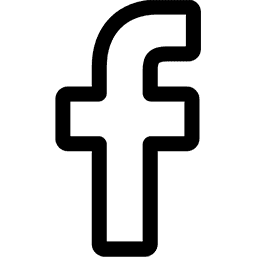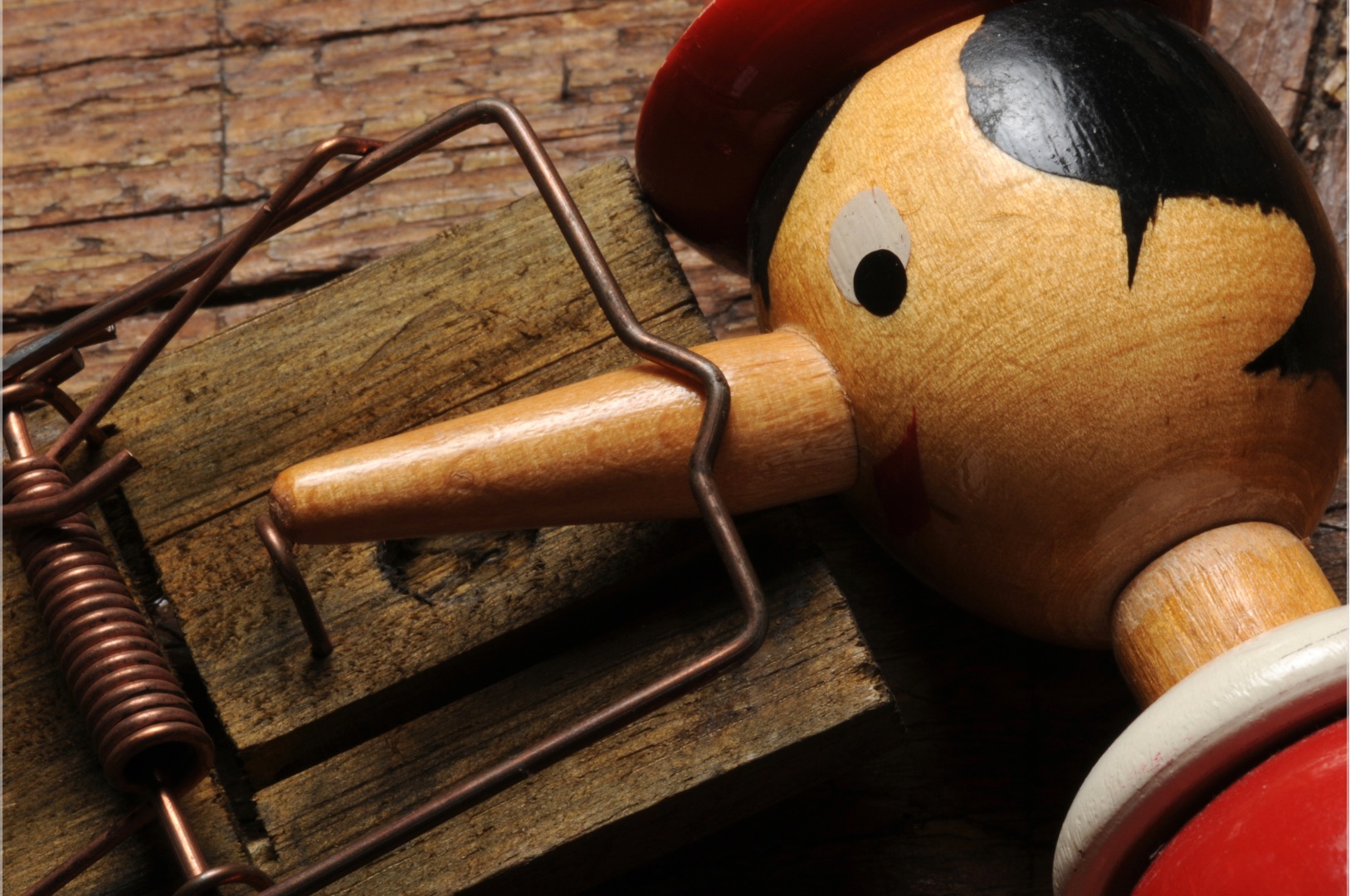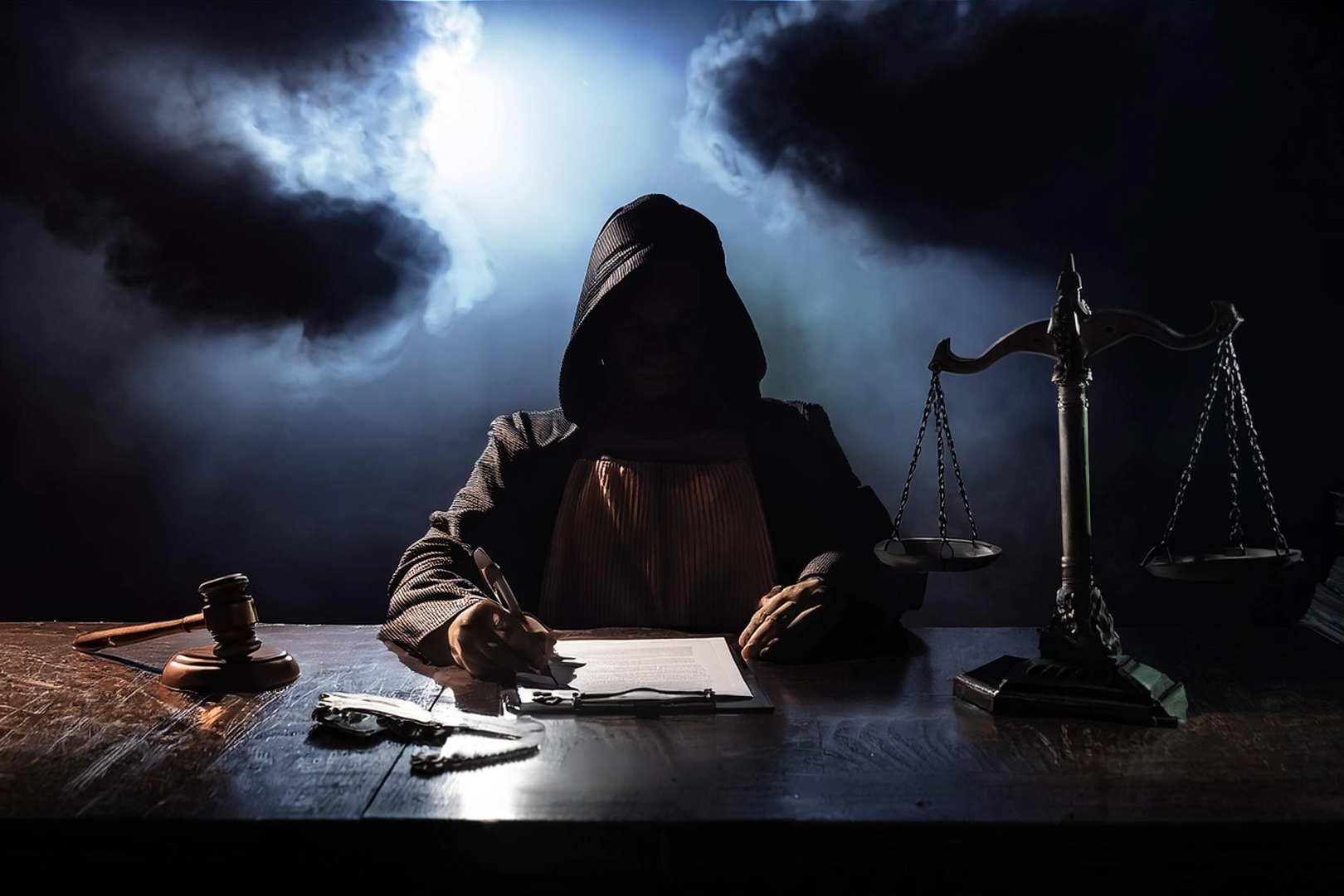
For the first 200 years of its history, the U.S. patent system safeguarded startup inventions, compelling would-be infringers to acquire startups, license patents, or develop alternative designs. This robust patent protection fueled competitive markets, enabling America to lead the world through every technological revolution, from potash processing to smartphones.
To avoid the risk of disruptive startups challenging their markets, large corporations directed their vast resources toward lobbying the U.S. government to weaken the patent system. The government obliged, systematically altering nearly every aspect of patent law that had been in place before 1995.
With the odds stacked against startups, predatory infringers, including large Chinese multinationals, have devastated countless U.S. startups. When the remnants of these startups sought justice, the courts or the U.S. Patent and Trademark Office (USPTO) often rendered their patents unenforceable.
Time and again changes to patent law have shifted the burden heavily onto patent owners while easing it for predatory infringers. The case of prosecution laches highlights the glaring unfairness that has come to define the patent system.
Prosecution Laches
Laches is an equitable defense that applies when a party unreasonably delays asserting its rights and that delay harms or prejudices the opposing party.
Prosecution laches relate to the prosecution of patent applications in the USPTO. If a patent applicant unreasonably delays getting a patent issued, the patent can be made unenforceable under prosecution laches.
Before 1995, a patent’s term was 17 years from its issue date. This meant that if the prosecution of a patent application was delayed, the 17-year term would begin later, effectively extending the duration of the patent’s life.
Large corporations argued that some applicants were intentionally delaying patent prosecution to extend the life of their patents unfairly. While a small number of applicants may have exploited the system, the vast majority of delays were caused by the USPTO, not the applicants. Despite this, corporations launched a political campaign branding these as “submarine patents,” claiming they only “surfaced” when used against them in patent infringement lawsuits.
The Uruguay Round Agreements Act (1994) altered the way patent terms were calculated. Instead of a 17-year term from the issue date, it established a 20-year term from the date the patent application was first filed. This change effectively ended “submarine patents,” as delays caused by the applicant now reduced, rather than extended, the patent’s term.
Patent Application Publication
Despite the changes, large corporations continued to complain, creating a new narrative around “submarine patents.” This time, they argued that they were independently inventing similar technologies, but because patent applications were not published, they were unaware of upcoming patents. As a result, they would innocently bring a product to market, only to later discover it infringed upon a newly issued patent when they were sued for patent infringement.
They argued that the solution was for the USPTO to publish pending applications, allowing them to search the database and identify which inventions would be protected before investing the effort to bring a product to market.
Naturally, large corporations explained themselves to be model citizens, so they would never use insider knowledge to steal unprotected inventions and rapidly commercialize them before a startup could secure protection. That, of course, would be predatory and unthinkable. They insisted that their push for publication was solely to avoid infringement, emphasizing that everyone would benefit.
In response to their lobbying, Congress enacted the American Inventors Protection Act of 1999 (AIPA), which mandated that the USPTO publish patent applications 18 months after they were filed—often years before the patent was actually issued.
How Continuation Applications Work
A patent application includes a specification that describes the invention and claims that specify exact methods or features to perform the invention derived from the specification. The claims serve as legal boundaries defining the scope of protection granted by the patent.
Most inventors typically claim what they consider the best method of performing their invention in the initial application. However, since it is impossible to predict which approach the market will favor, inventors often disclose every conceivable way to implement the invention in the specification. This allows them to protect multiple variations of the same invention. For instance, in the case of a folding device, an inventor might claim a solid metal hinge while also disclosing alternatives, such as a leather strap or flexible plastic, to achieve the same folding function.
The market (or an infringer) eventually settles on a preferred method. If this method was disclosed in the original specification, the inventor can file a continuation application to claim and protect it. Continuation applications enable inventors to secure protection for variations of an invention, provided those variations were initially disclosed in the specification.
Under the AIPA, the USPTO publishes the specification, which outlines various methods of performing the invention and includes claims protecting one specific method. Potential infringers often exploit this by choosing one of the alternative methods and commercializing it. This gives them a significant head start in the market before the inventor identifies the infringement and files a continuation application to protect the misappropriated method.
Double Standards and Lopsided Burdens Induce Predatory Infringement
In Sonos v. Google, the district court ruled against Sonos on the grounds of prosecution laches, determining that Sonos had delayed issuing claims that corresponded to Google’s infringement. This delay was found to have prejudiced Google, leading the court to overturn Sonos’ $32 million victory.
Sonos took the proper steps to protect its invention by filing continuation applications to cover all the methods disclosed in the original specification. Google infringed on an alternate method from the specification. Sonos has every right to seek claims that protect the method selected by Google, as Sonos invented it and included it in the specification.
The USPTO published Sonos’ patent application so that potential infringers, like Google, could discover it. Google either failed to search the USPTO for patent applications before infringing, or it did search and chose one of the disclosed but unclaimed methods from Sonos’ application. In either scenario, Google is at fault.
Potential infringers have an obligation to search for patent applications, much like an oil driller must determine who owns the mineral rights before drilling a well. Published patent applications should serve as notice to potential infringers that someone else holds the rights to that invention.
The courts fail to hold predatory infringers accountable for this notice, creating a significant double standard. While the court did not hold Google to its responsibility to search the USPTO for patent applications before infringing, Google challenged Sonos’ patents at the Patent Trial and Appeal Board (PTAB), thereby holding Sonos accountable for searching for prior art. Although Sonos survived the PTAB challenge, it is important to note that 84% of patents reviewed in the PTAB do not fare as well.
The courts’ inconsistency in holding inventors and predatory infringers to different standards is a significant issue. While inventors are required to find all relevant prior art or risk their patents being invalidated at the PTAB or in court, there is little accountability for companies like Google that fail to conduct freedom-to-operate (FTO) searches to avoid infringement.
Large corporations often have internal policies directing engineers to avoid searching for patents. In a 2006 House Judiciary Committee hearing, Nathan Myhrvold, former CTO of Microsoft, shared in his written testimony, “Most tech companies have made a deliberate decision to ignore the patent system. […] They send people to technical conferences and encourage them to read scientific papers to stay updated on the latest techniques. However, they do not allow them to read patents. […] This is based on a ‘see no evil, hear no evil’ approach, where it’s considered better to feign ignorance than risk discovering an infringement.”
From my experience in HR at major tech corporations, I can confirm that this type of employee policy is common. However, it is considered a serious mistake to ignore inventions within your technology space if you’re tasked with ensuring your employer produces the most advanced products. As a result, I can also confirm that top engineers often research patents and patent applications despite the company’s policy. They just hide their tracks.
The legal system treats these two groups under different standards: inventors are penalized for failing to conduct exhaustive prior art searches, while large corporations often escape similar scrutiny when they infringe on existing patents, even when they fail to conduct basic FTO searches. This creates a system that disproportionately favors large corporations at the expense of small inventors and startups.
America Must Address Its Broken Patent System
When coupled with other significant faults of the patent system, a stark imbalance is created: the cost of infringing is relatively low, as infringers most often continue infringing while a patent dispute plays out while defending a patent in court can be an incredibly costly and lengthy process, potentially leading to patent invalidation or even bankruptcy of the startup.
In fact, the cost of defending a patent lawsuit in the U.S. can range from $1 million to $4 million for small- to medium-sized companies, depending on the complexity of the case. The high cost alone can effectively discourage inventors from defending their intellectual property. On the other hand, predatory infringers factor in the cost of litigation as part of their business strategy, knowing they can delay, settle, or sometimes win the case based solely on their superior financial resources.
The AIPA mandates that the USPTO publish patent applications, giving large corporations advanced knowledge of unprotected inventions. This enables predatory infringers to exploit these inventions while hiding behind “see no evil, hear no evil” internal policies to feign ignorance. The system imposes disproportionate burdens on inventors while letting infringers off the hook. Now, these predatory infringers are pressuring courts to create new legal doctrines, like prosecution laches, further undermining patent protection and making it increasingly challenging for inventors to safeguard their inventions.
The courts and lawmakers must critically assess the damage they have inflicted on the U.S. patent system. As a result of these bad policies, China now leads in 37 out of 44 technologies vital to our economic and national security. Further weakening the system will only exacerbate the problem, not solve it.
Paul Morinville is Founder and Executive Director of SPARK Innovation. SPARK Innovation strives to create an policy environment where the conception, protection, and commercialization of technologies critical to our economic and national security prosper thereby enabling the United States to take back the global technological lead from China. Paul is an inventor and has been an executive at multiple technology startups including computer hardware, enterprise middleware, video compression software, artificial intelligence, and medical devices, and has licensed patents in the U.S. and China.







The USPTO often forces inventors into filing continuations. If an original specification and set of claims, say 60 claims, contain more than one patentable invention, the PTO issues a “restriction requirement”, requiring prosecuting claims 1-20 in one application and claims 21-40 and claims 41-60 in two separate continuations. If the applicant is an individual, it is not uncommon to prosecute these 3 applications in series. It is often too expensive for an individual to prosecute all of his PTO-required separate applications at once. This is not “unreasonable” delay in prosecuting patent applications, but rather a reflection of how expensive it is to follow the typical application process that involves the PTO’s restriction requirements. The PTO triples its fees, then can still invalidate at the PTAB. A broken system, indeed.
I am very surprised that US Inventor has not arranged for an articulate member to talk to Pres Donald Trump and persuade him to extinguish PTAB, and to FORCE the system to return to the days when the US patenting system worked as intended by its founders.